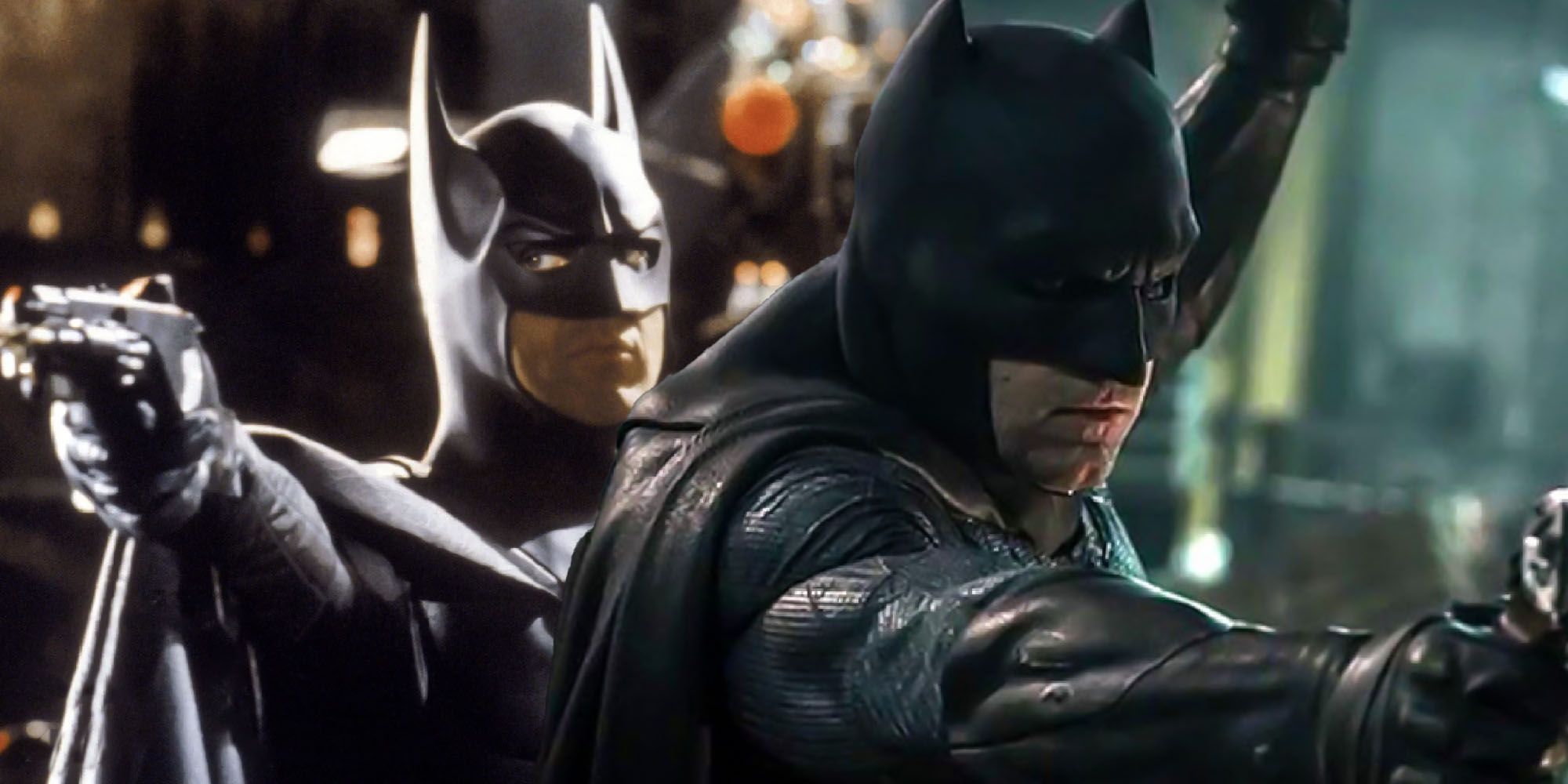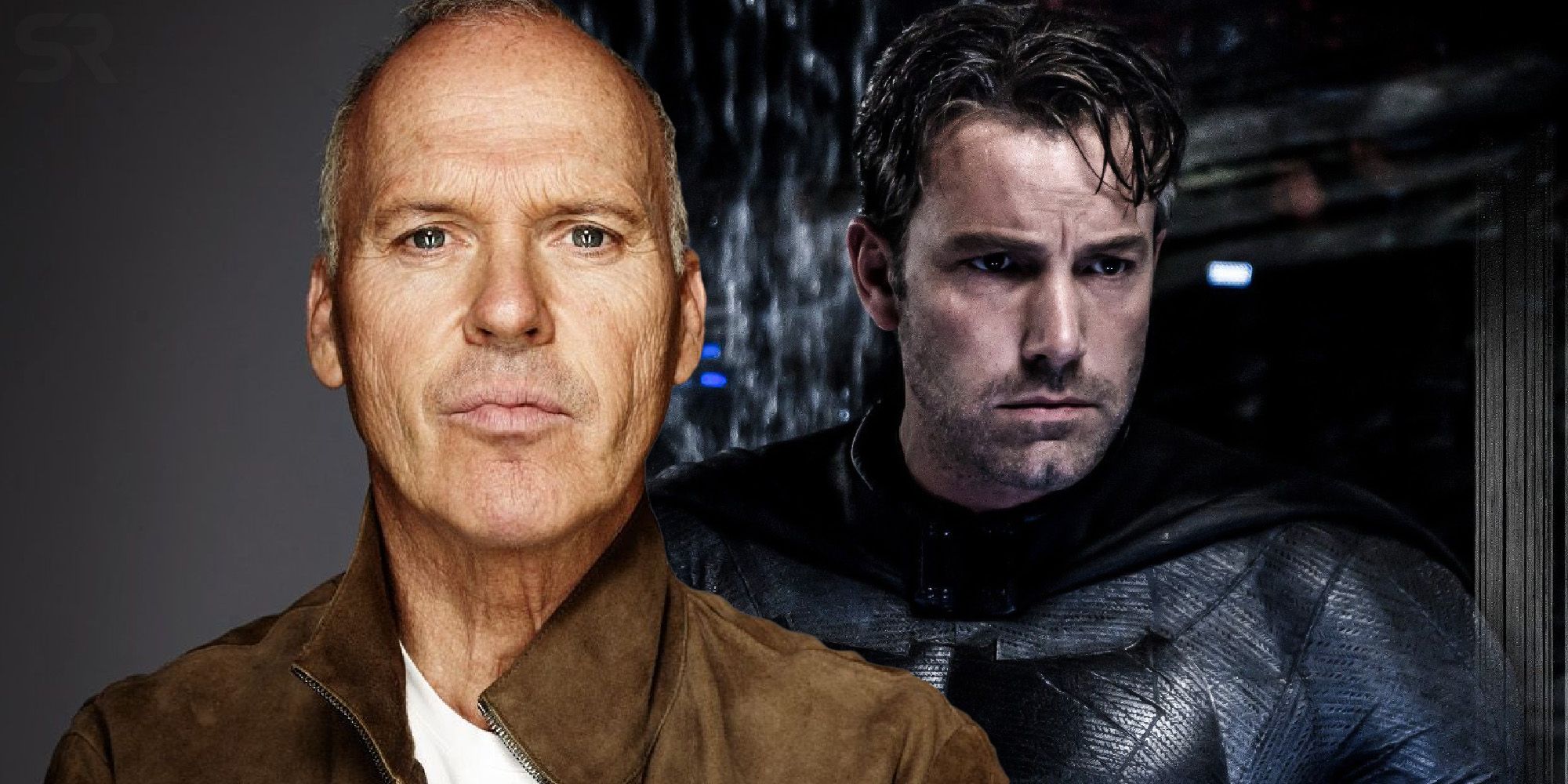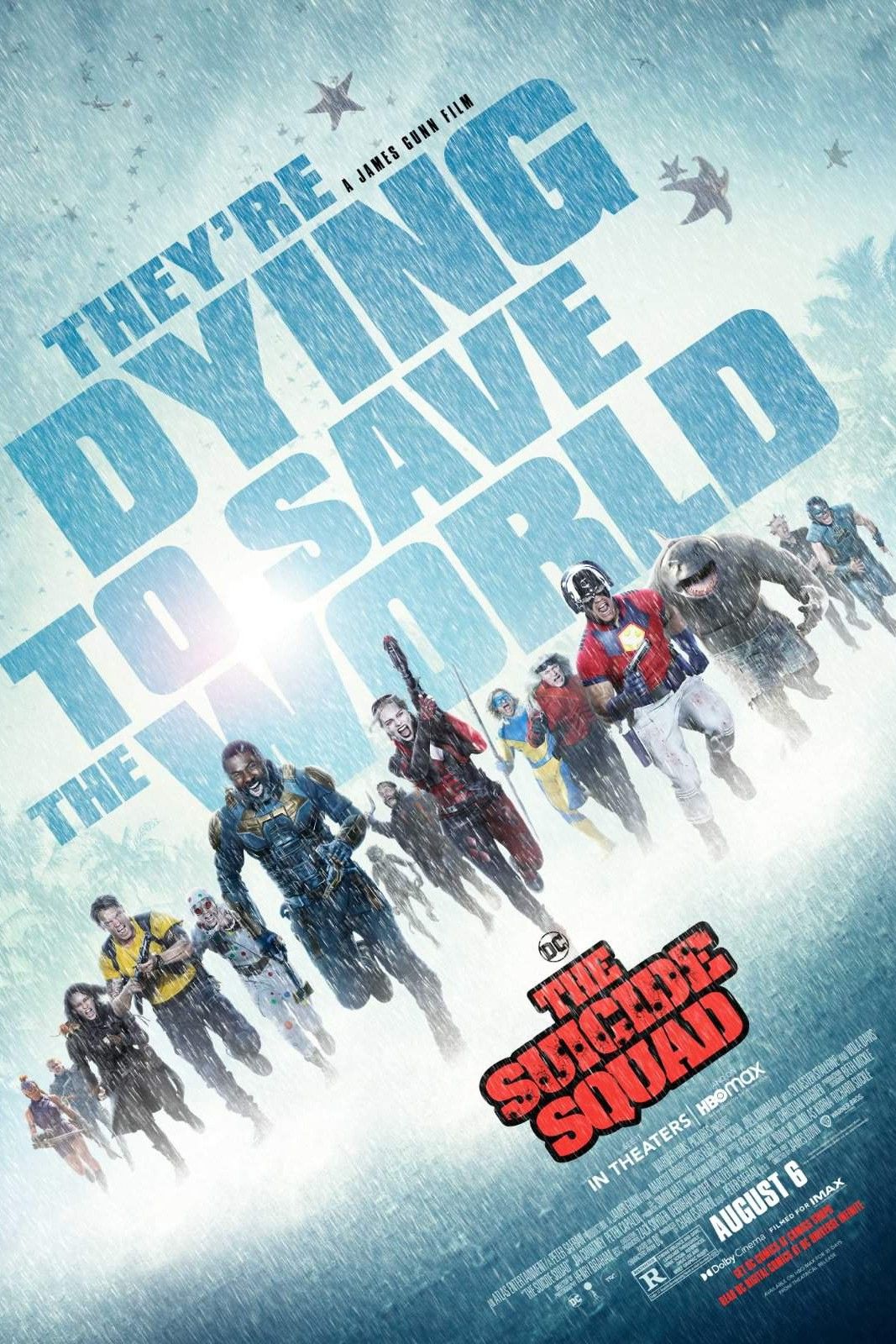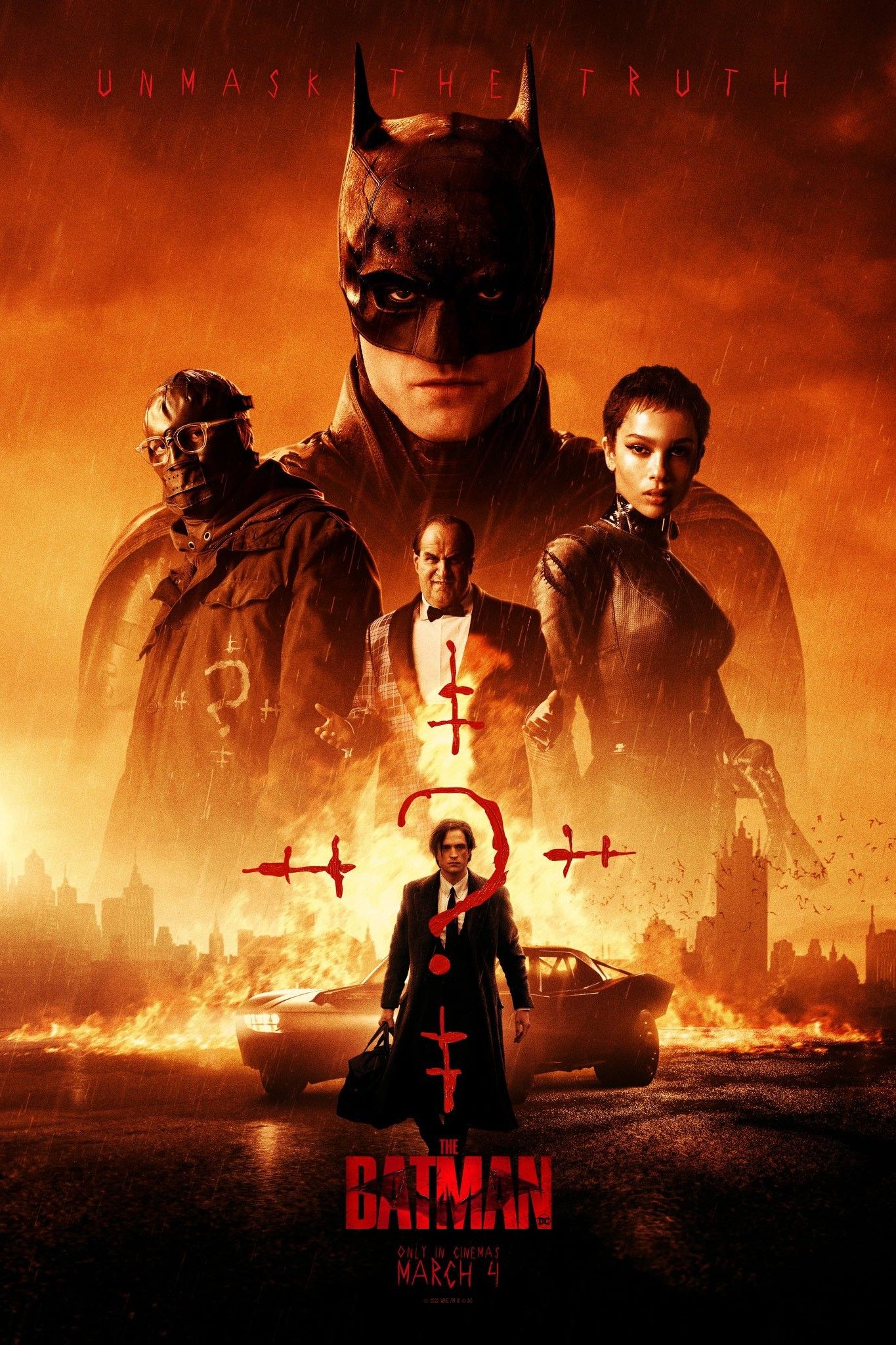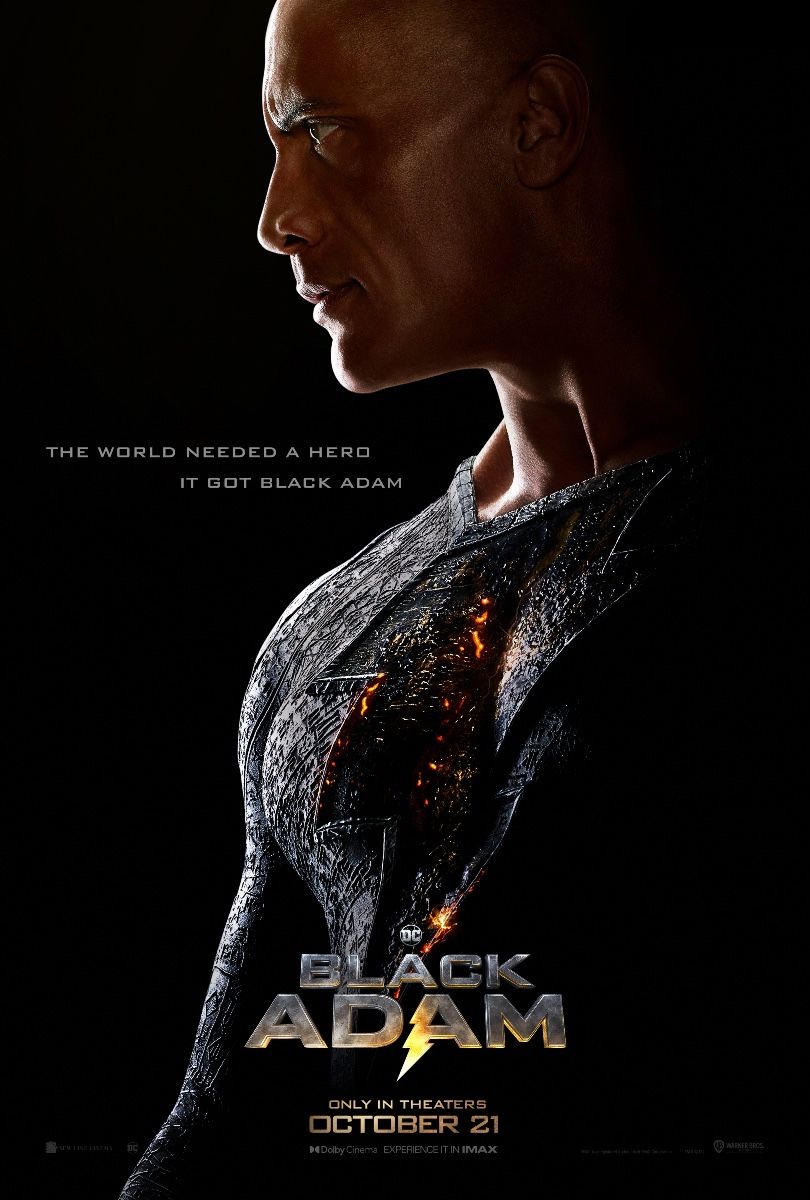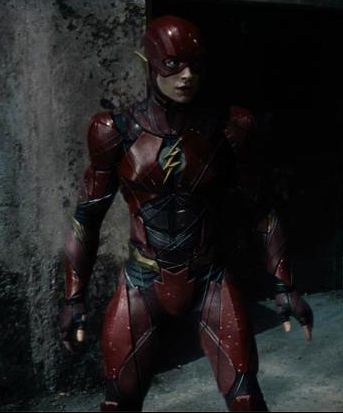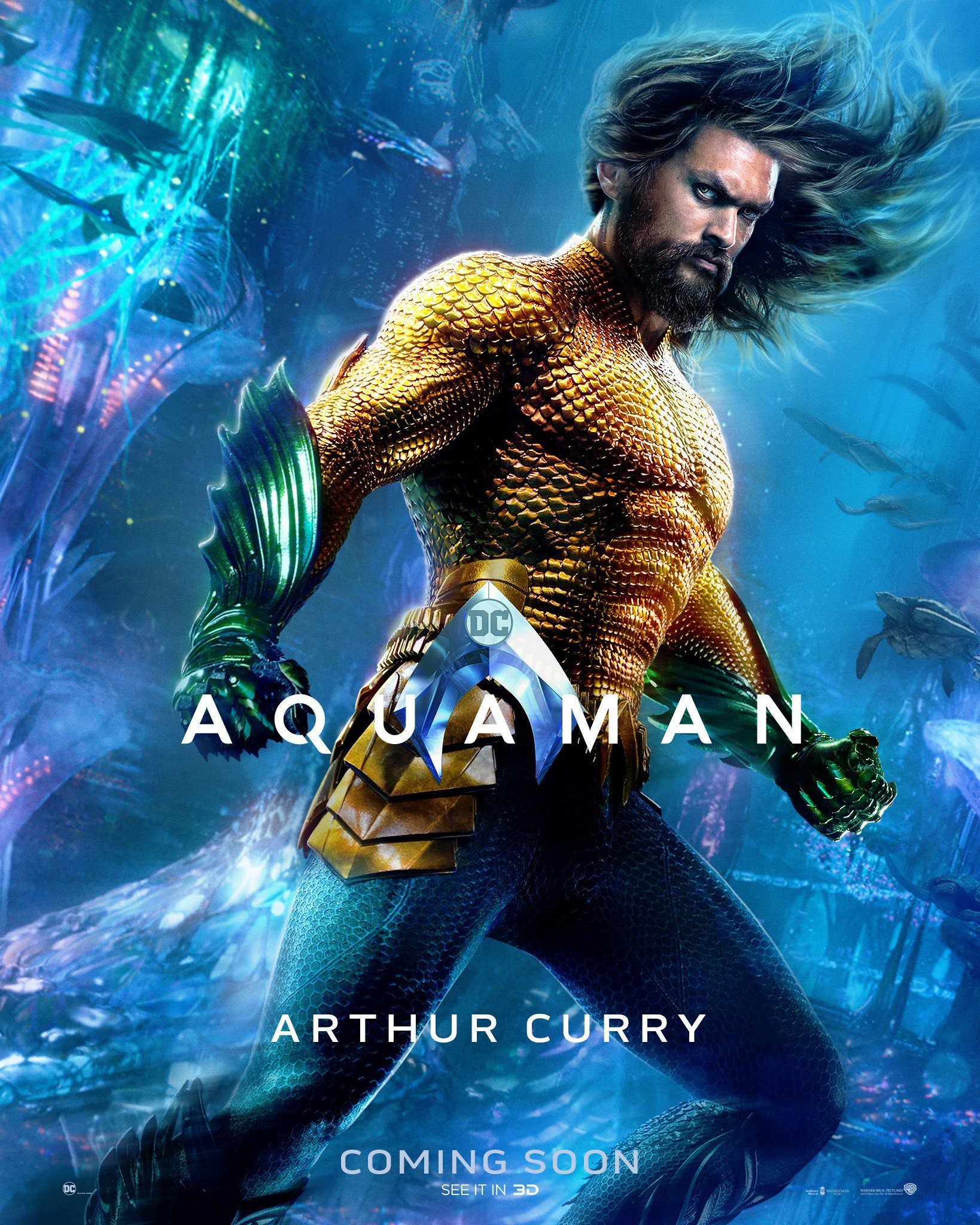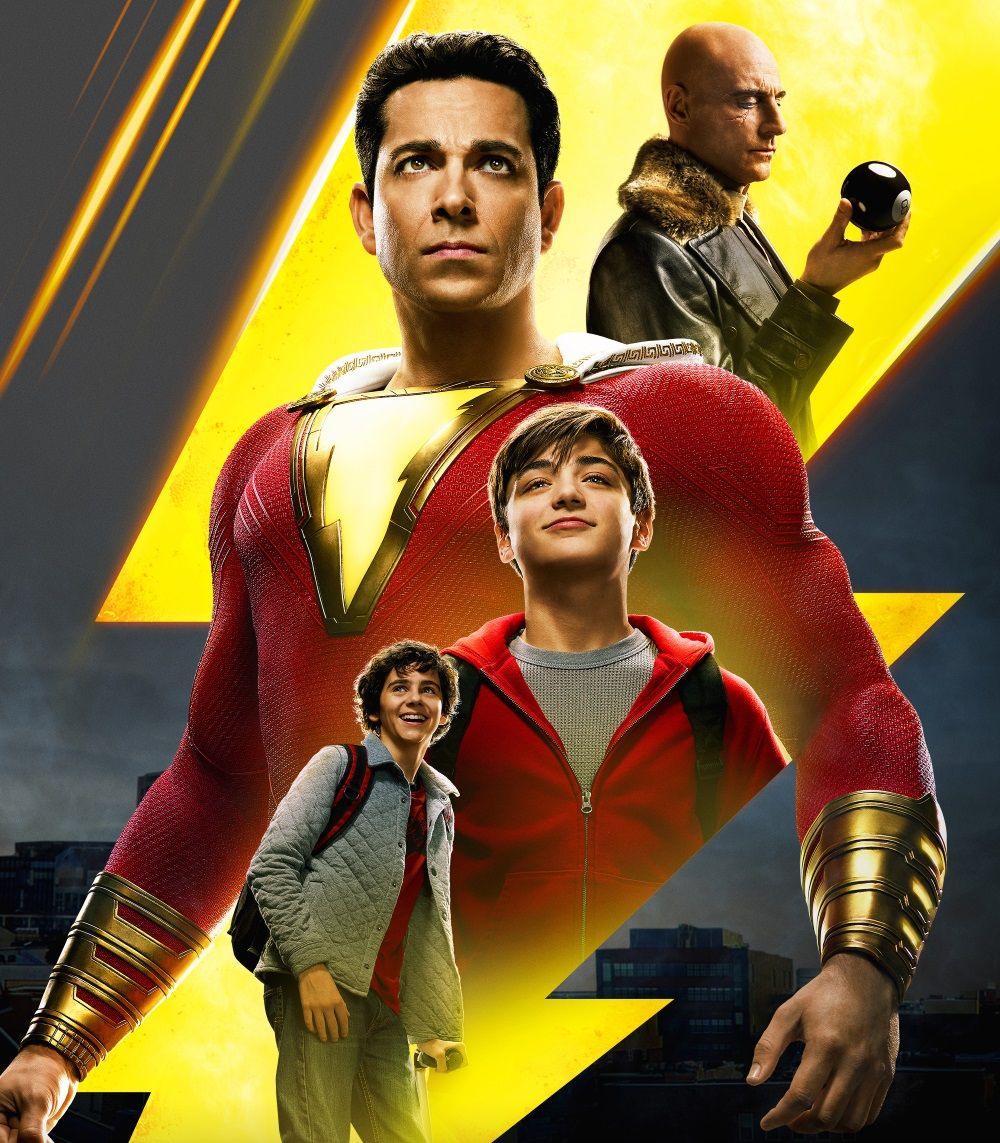The Flash is set to include both Michael Keaton and Ben Affleck’s iterations of Batman, which could result in Burton’s Batman challenging the DCEU version on his famous no-kill rule. In DC’s comics, Batman has famously stuck to a self-imposed rule to never kill his enemies. This allowed writers to repeatedly use iconic supervillains, as well as give Batman an ethical code as a superhero. Both the Michael Keaton and Ben Affleck versions of Batman notably break this rule, explicitly killing criminals in their respective films for different character-driven reasons. These differences, as well as Affleck’s reinstatement of the rule, could lead to fascinating interactions between the two versions of Batman.
When first introduced in 1989’s Batman, the Dark Knight brutally incapacitated criminals but didn’t kill or permanently injure them, just like the Batman of the comics. After discovering that The Joker was also the criminal who killed his parents (a departure from the source material), Batman employs lethal force against Napier and his henchmen. Curiously, Batman continues to kill his enemies in Batman Returns, using lethal force on The Penguin’s gang members and indirectly killing The Penguin himself. Keaton’s Batman either abandoned his no-killing rule because of his connection to The Joker or he simply never had one in the first place.
Ben Affleck’s more seasoned Dark Knight in Batman V Superman: Dawn of Justice has already suffered great personal tragedy in his twenty-year career as Batman. He displays the tattered remains of the DCEU's Robin’s costume in memory of his sidekick (who, according to Zack Snyder, was Dick Grayson). The loss of his son at the hands of The Joker, coupled with his existential dread of the near-omnipotent Superman, led Bruce to become brutal and paranoid. Batman branded criminals, making them targets in prison, killed many of Lex Luthor’s henchmen, and he even attempted to kill Superman himself. Bruce’s character arc had him return to his more heroic roots before reaching the point of no return.
The theatrical cut of Justice League and Zack Snyder’s Justice League both strongly imply that the DCEU’s Batman reinstated his no-kill rule after Dawn of Justice, but if Batman Returns is any indication, Michael Keaton’s version still has no qualms with using lethal force against criminals. While both Dark Knights are expected to appear in The Flash, Keaton’s version is reportedly taking the role of mentor to the inexperienced Barry Allen. In the likely event that both versions of Batman meet each other, they could have a potentially heated exchange regarding the ethics of killing criminals.
Having seen the results of breaking his no-kill rule firsthand, Affleck’s Batman could chastise Keaton’s version, if the two fight alongside each other. Affleck’s Bruce in The Flash might reminisce on his dark and misguided actions in Dawn of Justice, warning Keaton’s iteration of the dangers of crossing that line when crime-fighting. Keaton’s Batman could respond by saying that he only kills when necessary, and hasn’t yet strayed from his heroic ideals. With Barry Allen caught in the middle, this could make for fascinating exchanges between the three heroes, with each Batman trying to influence The Flash.
The DCEU’s Batman killed as a way to show that he’d lost his way as a hero, and his character development saw him coming dangerously close to becoming a supervillain. By having him break and later reestablish his no-kill rule, the DCEU emphasizes its importance, similar to how Superman’s stance against lethal force spawned from his guilt and disgust after being forced to kill General Zod. The Burton films never explicitly condemned Keaton’s Batman killing criminals the way that the DCEU did for Affleck’s, which could be a notable point of conflict between the two in The Flash.

